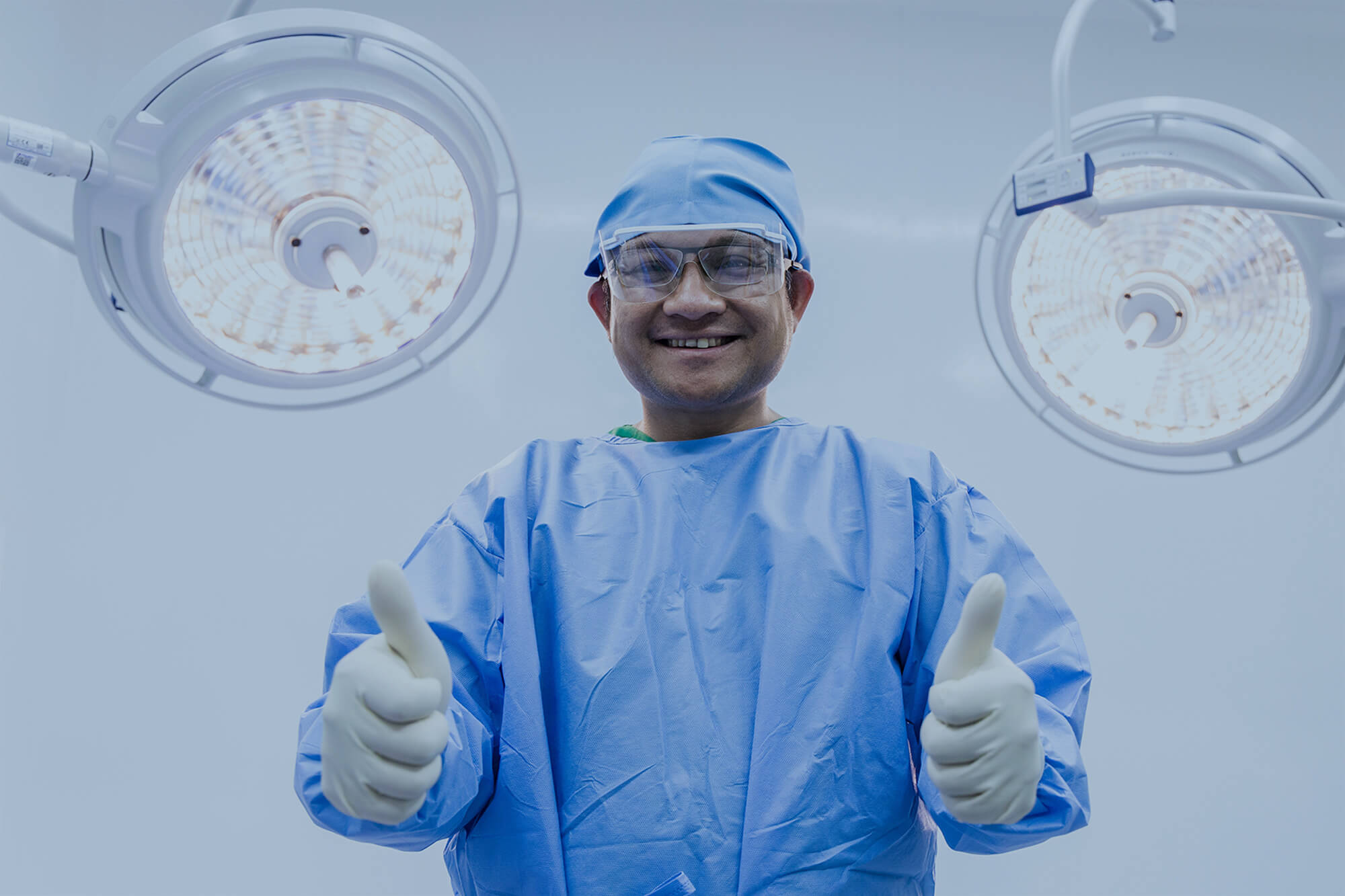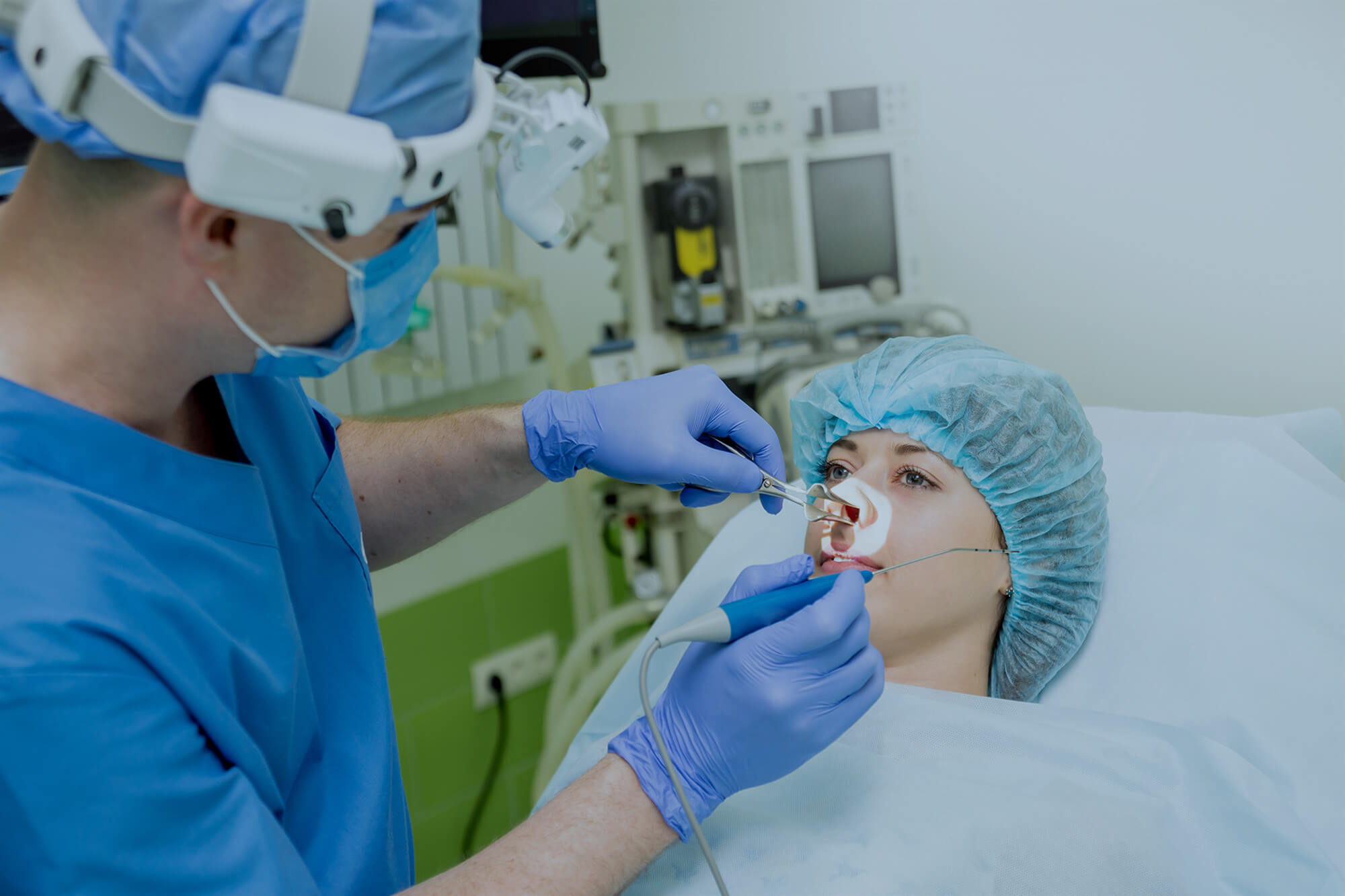Why Multi-Specialty Devices Like DEKA SmartXide² TRIO Deliver Superior ROI
For many, the biggest challenge is the underutilization of specialized equipment that sits idle between procedures or serves only a narrow patient segment.
That’s why high ROI medical devices are becoming a top priority. By focusing on multi-specialty platforms that serve a broad range of treatments, clinics can maximize the return on each investment.
The DEKA SmartXide² TRIO is a great example of this approach. It is designed for versatility across dermatology, ENT, gynecology, and other disciplines, enabling teams to achieve both clinical precision and financial performance.

Why ROI Matters In Medical Technology Investment
ROI in medical technology is more than a financial metric, it’s a measure of clinical impact, operational efficiency, and long-term sustainability. Every device purchase affects staffing models, patient throughput, and the clinic’s ability to offer advanced procedures.
When technology delivers consistent results across multiple applications, the benefits compound. Increased patient volumes, broader treatment offerings, and improved utilization rates all contribute to faster payback and stronger profitability. In short, ROI reflects how well a device integrates into your daily workflow and how effectively it supports ongoing growth.
Defining High ROI In Medical Devices
Cost-effective medical technology is measured by price, utilization, adaptability, and durability. High ROI medical devices typically share three attributes:
- Multi-Use Capability: They serve multiple specialties or treatment types, maximizing uptime.
- Efficient Operation: They simplify workflow and reduce consumable costs or setup time.
- Longevity and Support: They’re built to last, with reliable service and training that extends their lifecycle.
This combination creates value beyond the purchase price. The more versatile the platform, the faster clinics recover their investment and the more flexibility they gain in adapting to patient demand.
The Advantage Of Multi-Specialty Devices
For many facilities, the ability to offer diverse treatments using a single platform is transformative. Multi-specialty devices enable clinics to expand their services without increasing overhead.
Instead of investing in separate equipment for ENT, gynecology, and dermatology, a single platform can perform across these domains with specialized settings or accessories. This approach minimizes downtime, streamlines training, and reduces maintenance complexity.
For smaller practices or multi-physician centers, this efficiency can be the difference between a limited service lineup and a comprehensive, competitive offering. It’s a practical route to higher utilization and lower total cost of ownership, key ingredients for high ROI.

Case Study: DEKA SmartXide² TRIO Across Specialties
The DEKA SmartXide² TRIO is a proven example of a versatile medical device engineered for cross-specialty performance. Built with precision CO₂ laser technology, it combines multiple modalities in a single platform, enabling a wide range of clinical applications.
- ENT specialists use it for delicate soft-tissue surgery, where precision and control reduce operative time and improve healing.
- Dermatologists rely on its adjustable parameters for resurfacing, scar revision, and vascular treatments with minimal downtime.
- Gynecologists apply the same system for procedures that improve tissue health and restore function.
This adaptability means one investment serves multiple physicians and treatment rooms, keeping utilization rates high and reducing the need for redundant systems. Clinics report faster return on investment and greater scheduling flexibility, a clear advantage when balancing patient demand with capital costs.
“At IML, we see clinics increasingly focused on high ROI medical devices that serve multiple specialties. This not only reduces upfront risk but also accelerates ROI by maximizing utilization across procedures.”
– C.M. Bell, IML
How To Calculate ROI For A Medical Device
While ROI can seem abstract, it’s a straightforward equation when approached systematically. A simple formula can help clinics forecast returns before purchase:
ROI (%) = [(Total Financial Return – Total Investment Cost) ÷ Total Investment Cost] × 100
To apply this in a clinical setting:
- Determine the total investment cost: Include the purchase price, installation, training, and maintenance agreements.
- Estimate monthly or annual revenue: Multiply the number of expected procedures by the average reimbursement or fee per treatment.
- Subtract consumables and operating costs: Account for staff time, disposables, and consumables to calculate net profit per procedure.
- Project utilization across specialties: The more departments that can use the device, the faster the payback period.
- Calculate the payback period: Divide total investment by monthly net profit to estimate how quickly the purchase pays for itself.
For example, if a clinic invests $150,000 in a laser platform and earns a net of $15,000 per month in billable treatments, the payback period is just 10 months.
Everything after that contributes directly to profit, particularly when utilization remains high across multiple specialties.

How Clinics Can Maximize ROI In Practice
Achieving strong ROI is about choosing the right technology and using it strategically. Clinics can strengthen returns by:
- Aligning technology with demand: Select devices that fit the most common or high-value procedures in your region.
- Training across departments: Ensure multiple clinicians are qualified to use the system so it stays in operation.
- Scheduling efficiently: Plan cross-specialty usage to minimize idle time and balance workloads.
- Tracking utilization metrics: Measure procedure counts, treatment times, and consumable costs to monitor performance.
- Leveraging manufacturer partnerships: Work with trusted distributors like IML for training, technical support, and long-term service.
This holistic approach turns every equipment purchase into an asset that supports both clinical and financial goals.
Smarter Investments For Sustainable Growth
In today’s competitive healthcare landscape, the most successful clinics are those that invest wisely. High ROI medical devices, especially those designed for multi-specialty use, enable flexibility, profitability, and better patient outcomes.
At IML, we don’t just distribute advanced medical devices. We partner with clinics and hospitals to ensure every investment delivers both clinical excellence and financial return. By representing global leaders like DEKA and MacroLux, we help decision makers choose solutions that are versatile, cost-effective, and future-ready.
Get in touch with Us
Talk to our team today to learn how the DEKA SmartXide² TRIO and other multi-specialty devices can accelerate ROI and elevate patient care in your clinic.
